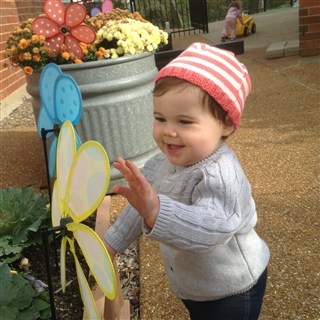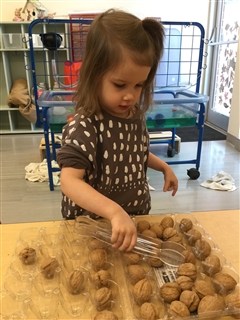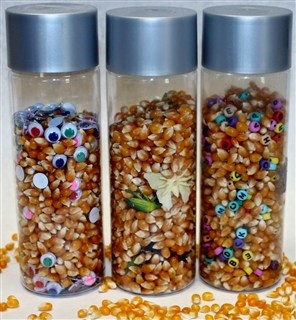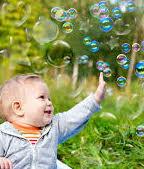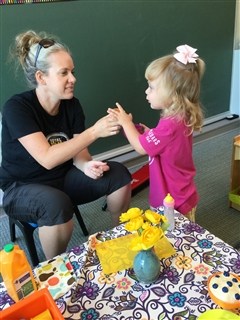By Dorothy Halverson, Director of Principia’s Acorn Programs
Keeping a toddler who has just discovered the freedom of movement, belted in a car seat for a long car trip can appear to be an impossible task. But, with some planning and preparing ahead of time, your road trip with a toddler can be a joyous and harmonious experience.
Before you leave on your trip, get a good night’s sleep and have your children start the trip well-rested. Be sure that your child’s car seat is installed properly, pack plenty of water, a flashlight, and basic car safety equipment, such as jumper cables. Make sure your road assistance plan is up to date. Charge your phone before you leave, and bring a phone charger and an extra battery. Consider getting a battery that is solar-powered.
As you pack the car, plan for easy access to things needed on the road. Keep jackets, hats, and basic outdoor supplies, like sunscreen and mosquito repellent, in a bag in the car’s cabin. If you’re heading to a warm climate, pack swimsuits and towels in a beach bag. You may stumble across a great swimming hole! Keep a change of clothes, wipes, diapers, and re-sealable plastic bags handy.
Some essentials for traveling with children include:
1. A portable potty and TP. If you’re at that stage, this is priority number one.
2. “Lovies” and Blankies. Your toddler will enjoy snuggling with them and the blanket can be used to play peek-a-boo, too.
3. Car Toys. Toddlers love sticker books, magnetic storyboards, drawing boards, and other toys that don’t involve lots of small pieces or make a gooey mess. A baking sheet can be used to play with magnets and doubles as a playing surface so crayons and toy cars don’t easily roll and slide away. Toddlers also enjoy toys that light up, make noise, and have moveable parts. If possible, choose toys that are new or that your child hasn’t played with for a while.
4. Ball. Having a ball to throw or kick at rest stops can bring lots of fun for your toddler.
5. Entertainment. Play your child’s favorite musical tunes, sing songs together, make music on a kazoo. Choose popular children’s shows like Sesame Street or Dora the Explorer if you watch child-friendly movies in the car. It is, however, wise to limit screen time.
6. Books. Bring board books that your toddler can look at independently – old favorites and a few new ones, too.
7. Plastic Zip-loc bags. Use bags to hold everything from errant game pieces to crayons or leftover snacks.
8. Snacks and Drinks! Bring a variety of snacks (e.g. graham crackers, animal crackers, cheese sticks, O-shaped cereal, bananas, yogurt pouches, grapes, apple slices, and oranges) Bring an insulated bag for string cheese, yogurt pouches, and other perishables. Use spill-proof sippy cups.
9. Choose baby-friendly restaurants. Search for restaurants that offer free children’s meals and have play areas for running around and climbing. Or pick up food and plan a picnic in a neighborhood park.
10. A nightlight. Hotel rooms or relatives’ houses can be very dark at night.
Sometimes it is helpful to sync driving time with your child’s eating and sleeping routines. For example, you might consider leaving a bit before lunchtime and let your toddler eat in the car. Then your child may nap while you log some miles.
Some parents buckle their pajama-clad toddlers into their car seats and begin their travel at bedtime. This works if you’re not too tired to drive late at night – and if you’re reasonably sure your child will stay asleep. Bring along whatever helps your child settle down (like a bedtime buddy, lovey, or favorite music) so you can incorporate your normal bedtime routine into the trip when driving at night.
Be prepared for stops along the way. The beauty of a road trip is that you can pull over and get out whenever you want. Try not to drive more than a couple hours in one stretch. Expecting young toddler to sit still much longer is unrealistic. Plus, doing something fun along the way makes the car trip itself enjoyable. A quick game of tag or catch at a park, or a stop at a roadside attraction can break up a drive without losing too much time.
The secret is planning. Once you’re on the road, it can be hard to know where to stop. Before you leave, ask friends who know the route to recommend pit stops. Check online for playgrounds, parks, and old-fashioned attractions, such as giant statues and popular tourist stops.
After a long day on the road, you’ll all need some time to unwind. Use your first day and night to help your family get used to new surroundings. This includes adjusting to new beds, strange sounds, and unfamiliar faces. Explore the neighborhood, check out the hotel’s facilities, or just spend time sitting around the living room visiting with relatives. Follow your child’s lead: Your toddler will want to check out every nook and cranny where you’re staying before he feels completely comfortable.
Rent or borrow baby gear whenever possible. Most vacation destinations are well-prepared for visiting families, and make renting high-quality gear convenient and affordable. You can rent cribs, strollers, highchairs, backpacks, swings, and countless other toddler necessities. If you’re staying with friends or relatives, try to arrange ahead of time to borrow baby equipment from your hosts or a neighbor.
Download an app, like Roadside America and Roadtrippers, to help you discover good places to stop along the way. Or try iExit, which tells you what services – like bathrooms and gas stations – are available at upcoming highway exits.
Taking a trip with a toddler can be delightful. Toddlers show you the little things you may have forgotten about – bugs on a tree, the stones on the ground, and the bolts in a picnic table. They make sure you see the birds, flowers, trucks, and animals on your trip. Traveling with a content toddler is like bringing your own entertainment. It enriches your experience while providing important lessons in solitary play and patience in your child.
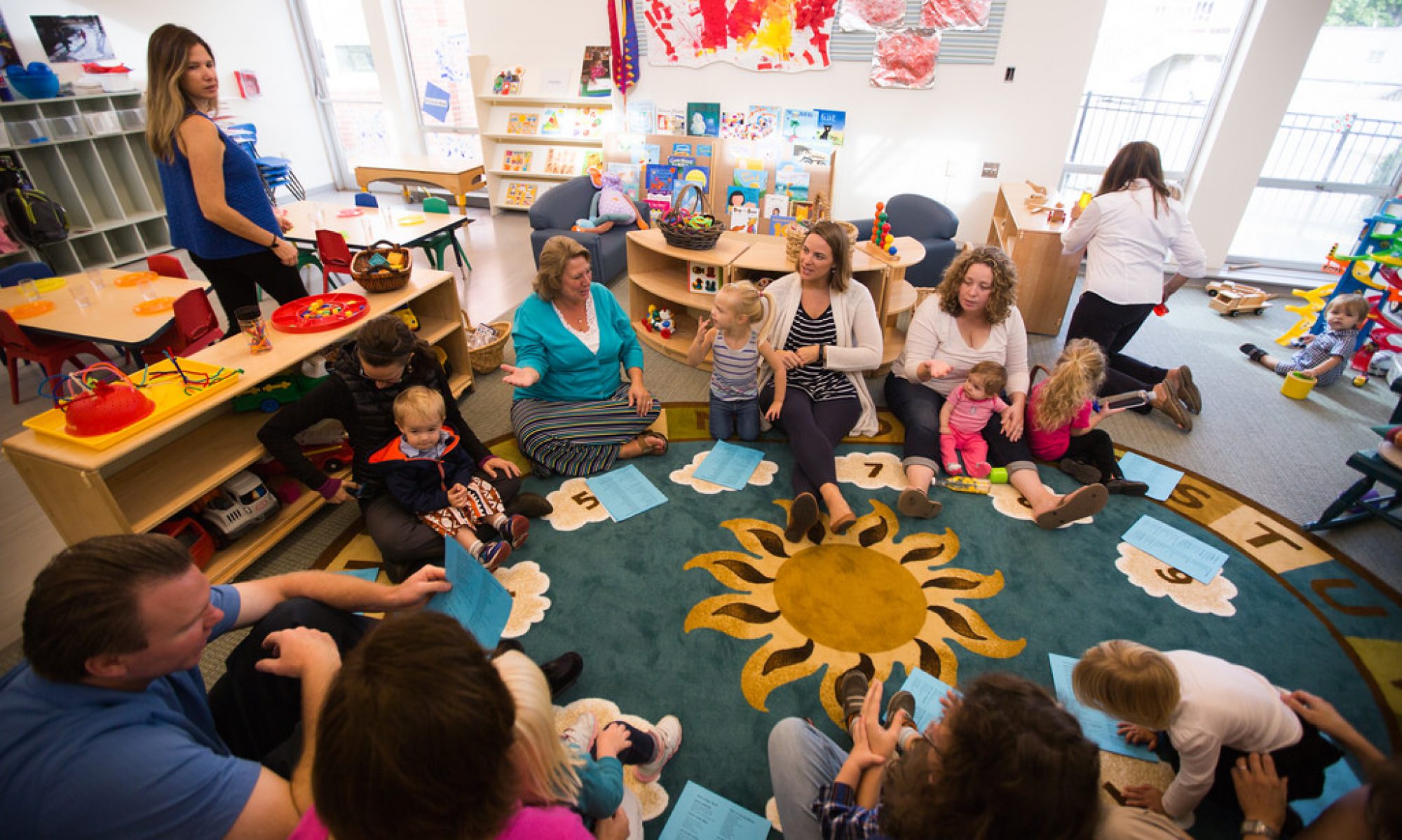
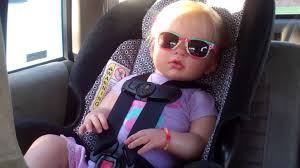

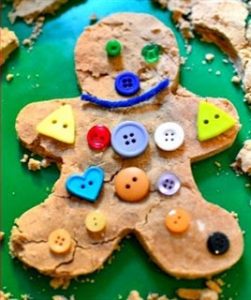 Colorful plastic buttons
Colorful plastic buttons